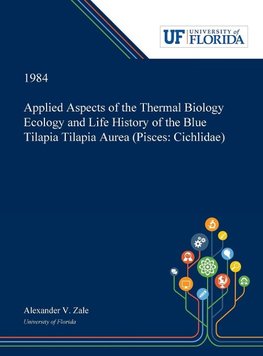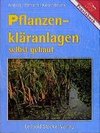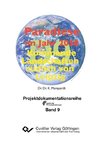
-
 Anglický jazyk
Anglický jazyk
Applied Aspects of the Thermal Biology Ecology and Life History of the Blue Tilapia Tilapia Aurea (Pisces
Autor: Alexander Zale
Abstract:
Laboratory and field research was conducted on issues relevant to the effective management of the blue tilapia, Tilapia aurea , an exotic cichlid established in U.S. waters.
Cold tolerance of blue tilapia was enhanced at isosmotic...
Viac o knihe
Na objednávku
100.71 €
bežná cena: 111.90 €
O knihe
Abstract:
Laboratory and field research was conducted on issues relevant to the effective management of the blue tilapia, Tilapia aurea , an exotic cichlid established in U.S. waters.
Cold tolerance of blue tilapia was enhanced at isosmotic salinities. Time and temperature interacted to elicit cold death; a model was developed to quantify this interaction. Considerable heterogeneity in thermal tolerance among individual fish was observed.
Blue tilapia moved in and out of a stenothermal spring run in direct response to seasonal changes in surface-water temperatures.
Survival, growth, and relative foraging abilities of early life history stages of blue tilapia exceeded those of larvae of a representative native centrarchid in laboratory experiments. The success of the blue tilapia in colonizing systems and rapidly achieving high abundances may be a result of this high relative proficiency in exploiting available trophic resources. In Lake George, young tilapia fed primarily on microcrustaceans and exhibited a high degree of trophic overlap with larval shad.
In laboratory electivity experiments, largemouth bass offered juvenile blue tilapia and bluegill of equal size exhibited a preference for tilapia as forage.
Nest-site selection by blue tilapia was characterized in a stenothermal spring run and compared to historical data on largemouth bass nesting in the run prior to the presence of tilapia. Blue tilapia preferentially selected nest sites in vegetated, shallow-water areas; microhabitat characteristics corresponded to those formerly used by largemouth bass. Because nesting by largemouth bass is behaviorally suppressed under crowded conditions, the presence of nesting tilapia may have been responsible for an observed decline in number of bass nests in the run.
Blue tilapia in the Silver Glen Springs Run / Lake George system spawned from March through June although nesting in the stenothermal run was initiated in late December. Gonadal recrudescence was correlated with increasing photoperiod. Fecundity estimates ranged as high as 8599.
Maximum estimated age of blue tilapia in this system was 4+ years.
Growth was rapid; estimated total lengths at ages I, II, III, and IV were 280, 359, 397, and 423 mm, respectively. Scale rings of males were unreliable annuli.
Dissertation Discovery Company and University of Florida are dedicated to making scholarly works more discoverable and accessible throughout the world. This dissertation, "Applied Aspects of the Thermal Biology Ecology and Life History of the Blue Tilapia Tilapia Aurea (Pisces: Cichlidae)" by Alexander V. Zale, was obtained from University of Florida and is being sold with permission from the author. A digital copy of this work may also be found in the university's institutional repository, IR@UF. The content of this dissertation has not been altered in any way. We have altered the formatting in order to facilitate the ease of printing and reading of the dissertation.
- Vydavateľstvo: Dissertation Discovery Company
- Rok vydania: 2019
- Formát: Hardback
- Rozmer: 286 x 221 mm
- Jazyk: Anglický jazyk
- ISBN: 9780530006291


 Nemecký jazyk
Nemecký jazyk 








